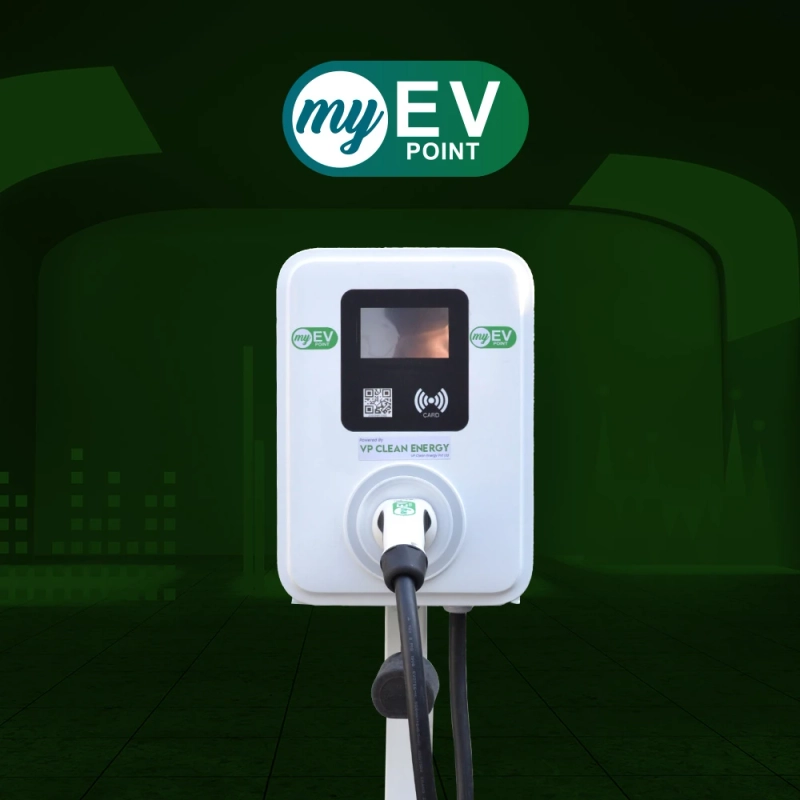Without a doubt, in the present scenario, we have witnessed a significant growth in the usage of electric vehicles—the vehicles that get power from the batteries to run and are further charged with the help of electricity. The main reasons behind this proliferation are considered to be increased environmental awareness, people\'s thinking of a sustainable future, the cost effectiveness of the vehicle, and EV charging technology.
Whatever the reason, the main factor to consider here is that this accelerated usage has also led to a rise in the demand for efficient EV charging networks. Following this, companies have come up with advanced solutions to cater to the needs of their owners. Various levels of charging are provided according to the convenience of the EV owners, and these levels are Level 1 (AC charging), Level 2 (AC charging), and Level 3 (DC charging) or Tesla Supercharging. In this blog post, we will understand DC fast charging stations and their benefits.
Benefits of DC Charging Stations:
DC charging has proved to be none less than a blessing to EV owners because of the convenience of charging a vehicle within 30–40 minutes, allowing users to commute hassle-free. Moreover, the EV charging network has grown so rapidly that EV public charging stations are available at every place, making it convenient for users to enjoy long journeys without worrying about low battery levels. Now, let’s shed light on their benefits:
Faster Charging Times:
DC charging stations, which are also called superchargers, have the capability to charge the battery of the vehicle at a faster rate, and this ability arises from the fact that these charging stations are equipped with a converter that converts the AC power coming from the grid into DC power, eliminating the need for the electric vehicle’s onboard charger to do the same, and this feature allows the battery to charge swiftly. Another thing to consider here is that DC chargers are high-power chargers that deliver electricity at such a fast rate that they charge an electric vehicle to 80% efficiency within 30 minutes and make it ready to go.
Extended Range:
The extended range offered is due to two conveniences: turbocharging and pervasive availability. Firstly, the widespread availability of DC public charging stations in urban as well as remote areas allows users to start their long journeys without being anxious about reducing battery levels, as they can get their vehicles charged at multifarious charging stations that they find suitable and near them.
Secondly, faster charging speed again reduces delays in their journeys, as on long journeys they can get them charged within 30–40 minutes while eating something in a nearby hotel or eatery.
Convenience:
In today’s times, it is not right to say that DC public charging stations are located at widespread locations, as it is important to consider that they are being located strategically while keeping the convenience of the users in mind. Users can easily find the one near them and get easy access to them. This convenience has also played a major role in enhancing the ownership of electrical vehicles because, in earlier days, the top reason given for not using EVs was the underdeveloped EV charging network. Another thing to consider here is that nowadays, EV charging station providers like myEV Point have their own applications through which users can locate the nearby charging station and book a slot in advance.
Improved Energy Efficiency:
Another one of the major benefits of DC fast charging is the reduction in energy loss. Let’s understand it properly. It is clear that in AC charging, the AC power coming from the grid is converted by the electric vehicle’s onboard charger, and every added conversion step leads to energy losses. However, DC charging stations remove the need for an onboard charger by passing DC power directly to the battery, which reduces the loss of energy and improves its efficiency.
Grid Integration:
DC EV charging technology could easily be interconnected with smart grid technologies in order to improve the distribution of energy and balance the demand of the grid. Besides this, it also provides the integration of those energy resources that are renewable, for example, solar energy and wind power, which help accelerate the stability and resilience of the grid.
Scalability:
It is important to note that DC public charging stations are highly scalable and can keep pace with the growing demand for vehicles and charging infrastructure. This advantage comes from the flexibility of DC charging stations to allow for the installation of additional charging stations into the existing stations, which provides great flexibility during peak times.
Reduces Environmental Impact:
As features like fast charging have led to the growth of ownership of electric vehicles, DC charging has played an indispensable role in the reduction of emission of greenhouse gas and has contributed to reducing air pollution because dependency on fossil fuels has decreased a lot in comparison to earlier days.
Economic Benefits:
Without a doubt, as there has been a lot of expansion of DC charging stations, it has created a lot of employment opportunities for people, which indirectly contributes to the economic growth of the nation.
Overall, it can be concluded that the benefits offered by DC charging stations are enormous, like faster charging, easy availability, and so on. These are the only reasons behind the inclination toward these electric vehicles. So, it\'s the right time for everyone to contribute toward a sustainable future by adopting EVs.


